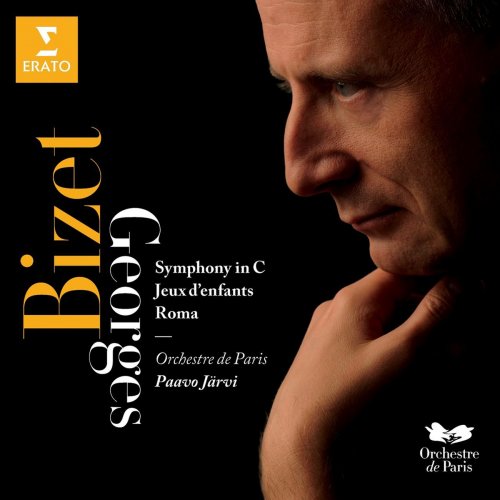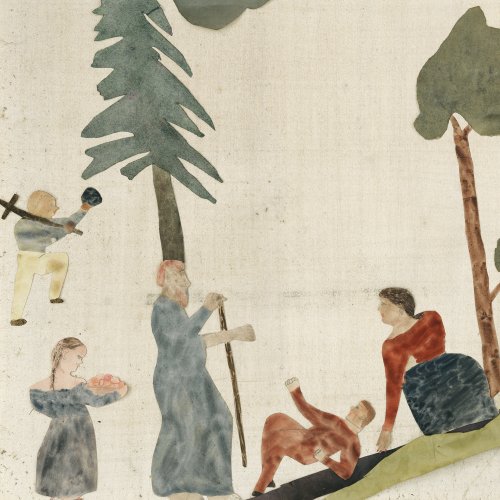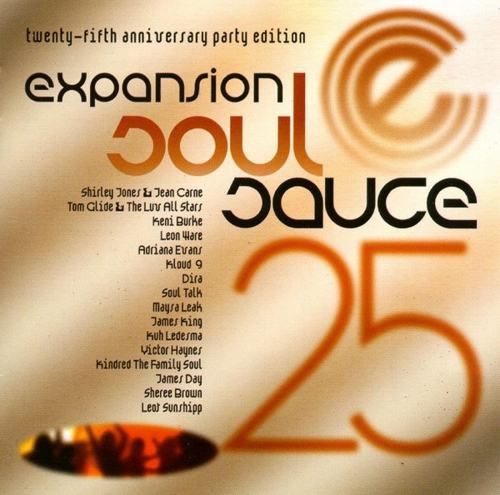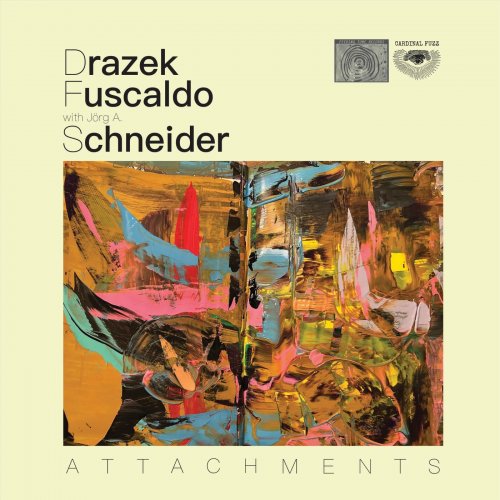Paavo Järvi, Orchestre de Paris - Bizet: Symphonie en ut, Jeux d'Enfants, Roma (2010)

Artist: Paavo Järvi, Orchestre de Paris
Title: Bizet: Symphonie en ut, Jeux d'Enfants, Roma
Year Of Release: 2010
Label: Erato
Genre: Classical
Quality: FLAC (tracks)
Total Time: 01:15:44
Total Size: 345 mb
WebSite: Album Preview
Tracklist: Title: Bizet: Symphonie en ut, Jeux d'Enfants, Roma
Year Of Release: 2010
Label: Erato
Genre: Classical
Quality: FLAC (tracks)
Total Time: 01:15:44
Total Size: 345 mb
WebSite: Album Preview
Symphony In C
1. Allegro Vivo 9:44
2. Adagio 9:26
3. Scherzo: Allegro Vivace 5:34
4. Allegro Vivace 8:49
Petite Sutie D'Orchestre, Op. 22 "Jeux D'enfants"
5. 1. Marche (Trompette Et Tambour). Allegretto Moderato 2:15
6. 2. Berceuse (La Poupée). Andantino Quasi Andante 2:26
7. 3. Impromptu (La Toupie). Allegro Vivo 1:04
8. 4. Duo (Petit Mari, Petite Femme). Andantino 3:21
9. 5. Galop (Le Bal). Presto 1:56
Roma, Suite for Orchestra No. 3
10. 1. Andante Tranquillo - Allegro Agitato 11:51
11. 2. Allegro Vivace 5:10
12. 3. Andante Molto 7:00
13. 4. Allegro Vivacissimo 7:09
Performers:
Orchestre De Paris
Conductor – Paavo Järvi
Paavo Jarvi conducts the Orchestre de Paris in a couple of Bizet favorites, plus one of his less well-known orchestral works. Bizet never envisioned the Symphony in C being performed, much less becoming his most popular work besides Carmen (which he also never knew would be as popular as it is) and other stage works. The Petite Suite, drawn from five selections from the piano duet suite Jeux d'enfants, is not as familiar, but it is still heard far more often than the final work on this recording, Roma. Roma was a disappointment for Bizet. It began as a symphony representing Italian cities he had visited. It was revised a couple of times, and performed in different versions, but it never really gelled into a full-fledged symphony. Hearing it next to the other two pieces, it just isn't as inherently appealing as them. There are some charming melodies, but nothing really memorable, and their development isn't very organic or necessarily interesting. The Scherzo, the first movement Bizet completed and liked the best, is the most successful. It has more of the Bizet playfulness that we're used to. Jarvi and the Orchestre try to bring some vitality to Roma, and it comes off as OK, but nothing more. The Symphony and the Suite are ingrained in the French repertoire, so the orchestra knows and performs them nearly flawlessly. However, that leaves it up to the conductor to make the reading distinctive. The way Jarvi seems to choose to do this is to rush through the music of the fast movements. To those who know the music more than just in passing, especially the Symphony, it often seems that there isn't room for breath or enough of a deceleration at the ends of phrases. It's a decent interpretation otherwise, and to those who aren't as familiar with the music, it will suit.
DOWNLOAD FROM ISRA.CLOUD
Paavo Järvi Bizet Symphonie en ut Jeux d'Enfants Roma 10 2211.rar - 345.1 MB
Paavo Järvi Bizet Symphonie en ut Jeux d'Enfants Roma 10 2211.rar - 345.1 MB







![Clifton Chenier - Live at the San Francisco Blues Festival (Live) (1985) [Hi-Res] Clifton Chenier - Live at the San Francisco Blues Festival (Live) (1985) [Hi-Res]](https://img.israbox.com/img/2025-12/20/1okh4wxr3ose6s79w4nxw7vzi.jpg)
